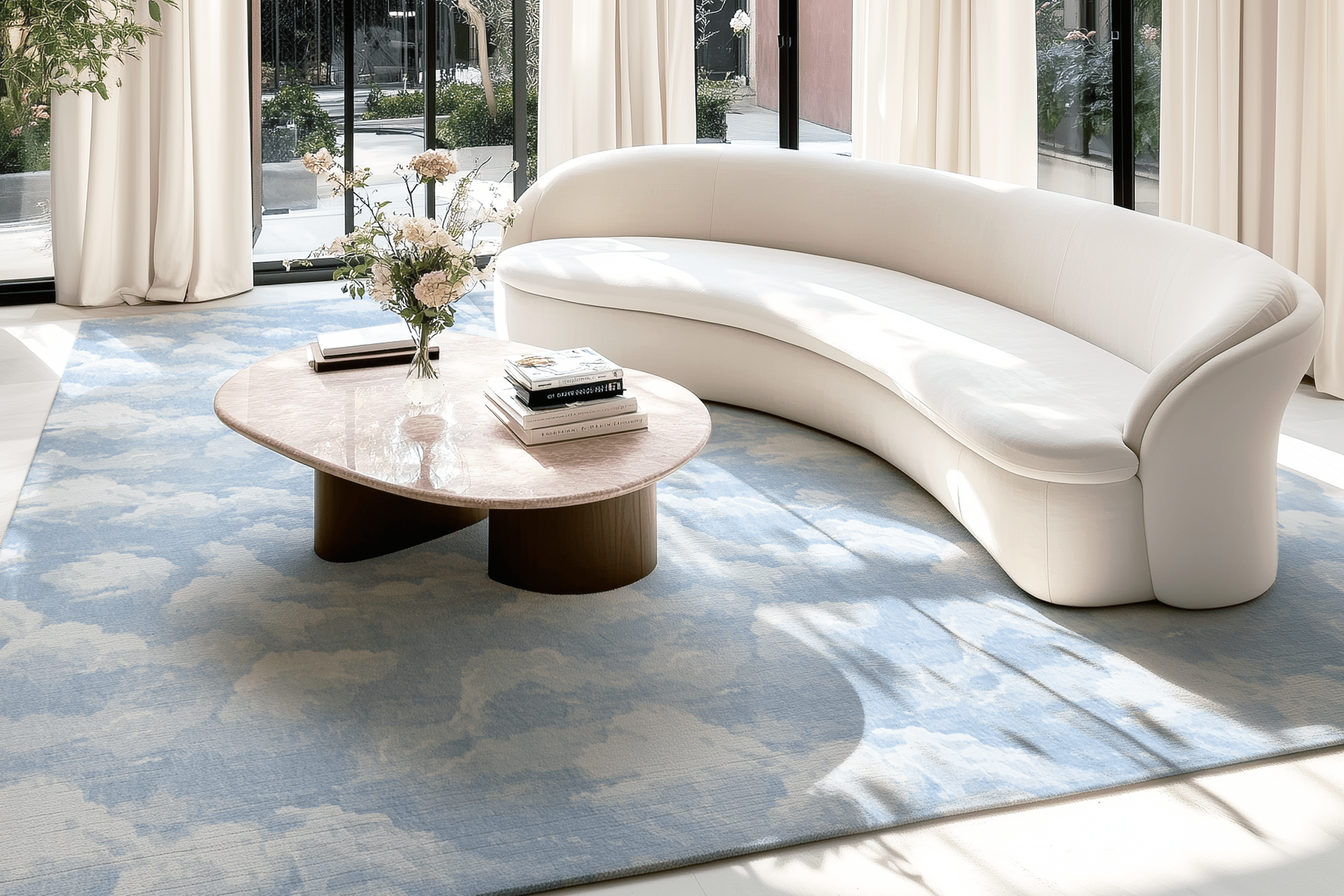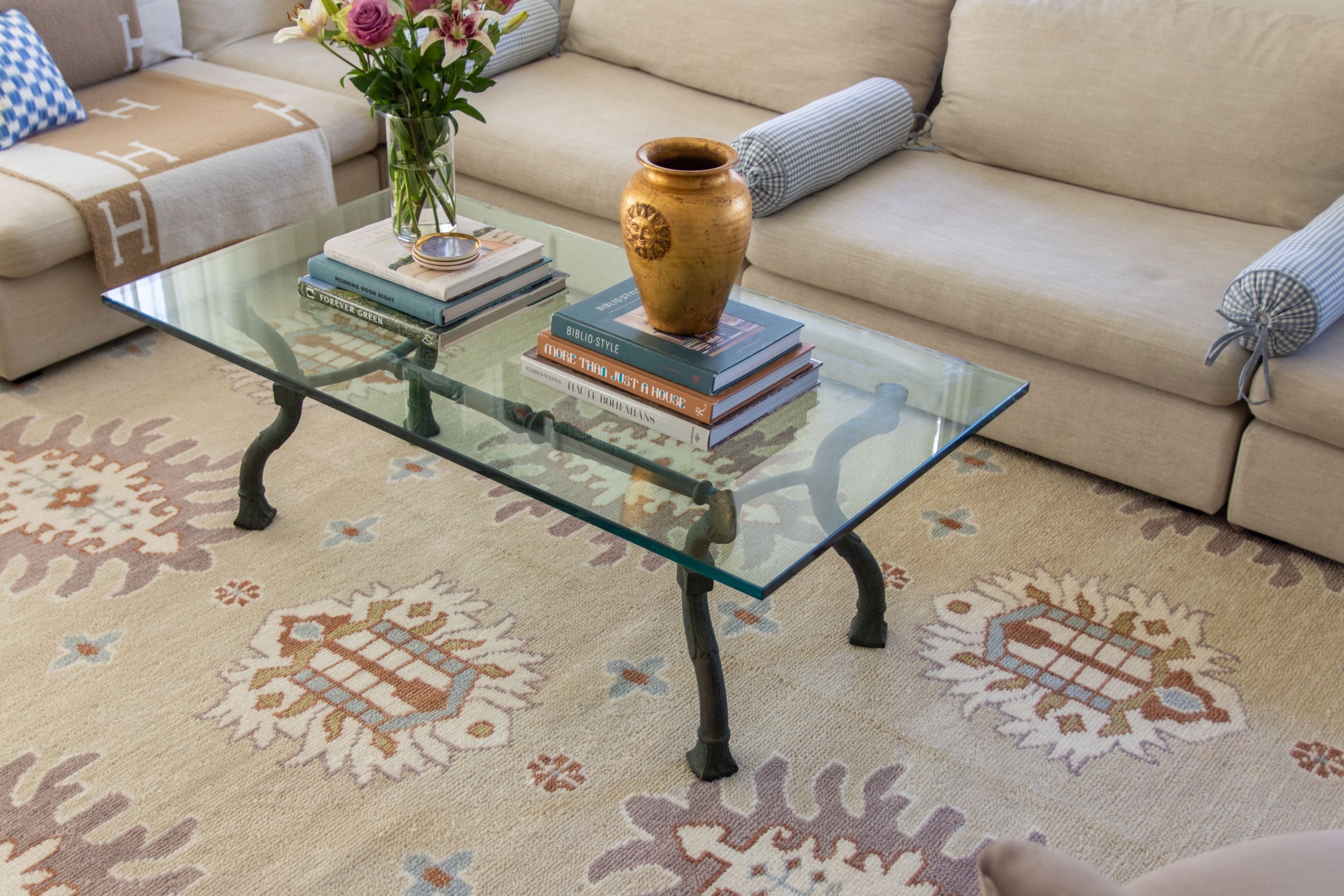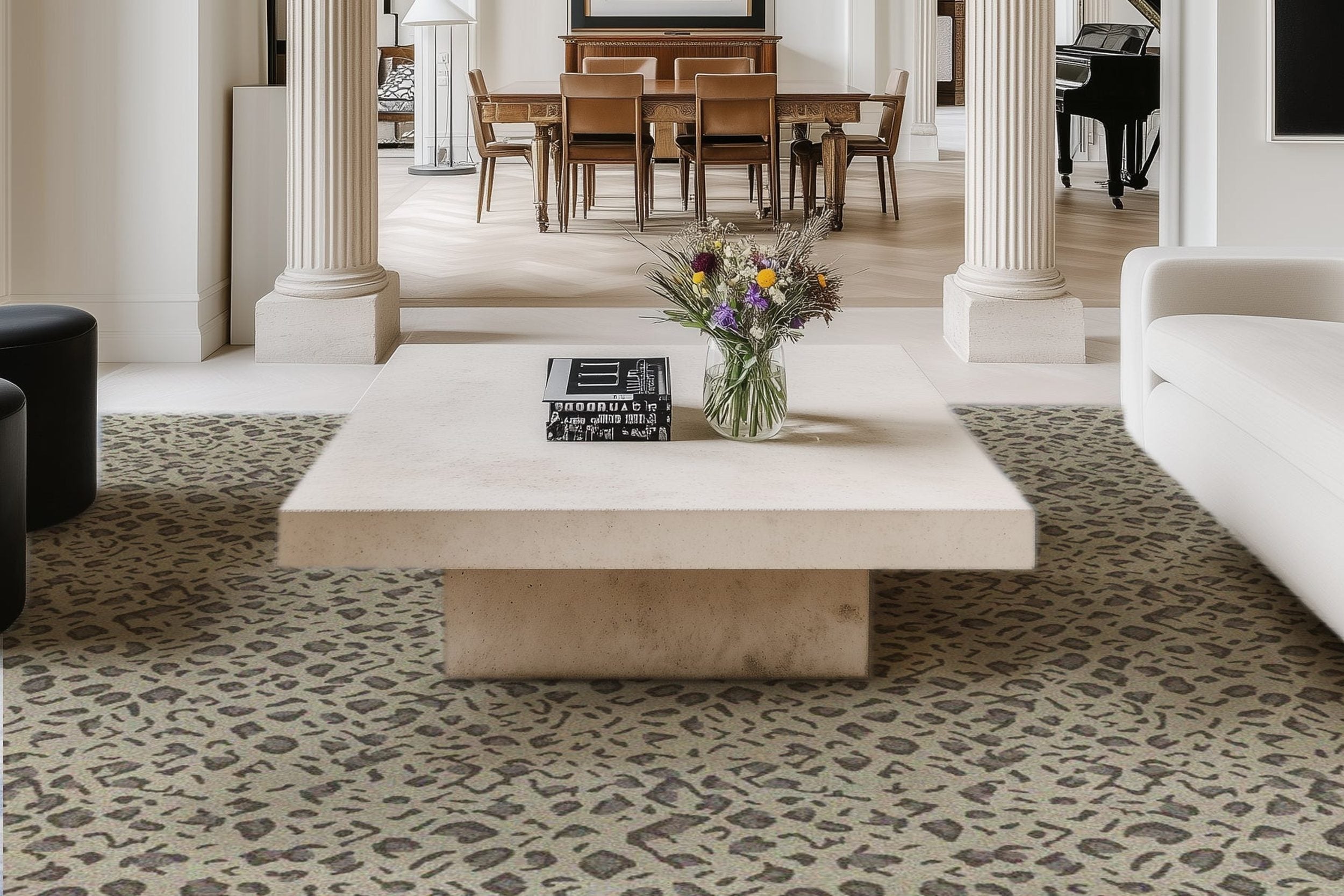Design That Speaks Volumes: Merging Interior Aesthetics with Premium Audio
 The fusion of premium audio and interior aesthetics is reshaping how we perceive and interact with our living spaces. Modern homeowners and designers are no longer content with environments that only look good; they want spaces that feel good, sound good, and enhance their overall well-being, creating a luxurious atmosphere.
The fusion of premium audio and interior aesthetics is reshaping how we perceive and interact with our living spaces. Modern homeowners and designers are no longer content with environments that only look good; they want spaces that feel good, sound good, and enhance their overall well-being, creating a luxurious atmosphere.
This growing trend emphasizes that sound should be a key component of aesthetic choices, not just a functional add-on, making sense in today’s design philosophy.
Imagine a home where the sound system is not merely an accessory but a focal point, seamlessly integrated into the design to create a harmonious balance between sight and sound. The contemporary design ethos has evolved to consider sound as an essential element, reflecting a shift towards environments that enhance both visual and auditory experiences.
This discussion will delve into the various trends and innovations that highlight the growing importance of audio in sophisticated interior design.
Sound as a Design Element, Not Just an Add-On
Sound is no longer just an add-on in interior design; it’s now a fundamental element that shapes the overall atmosphere of a space. Sound design creates harmonious environments that balance aesthetics with acoustic quality. Modern products such as sleek soundbars with subwoofers and high-end speakers are crafted to be seen, not hidden. These pieces seamlessly blend with minimalist aesthetics and natural elements, contributing to the home’s overall design philosophy.
The growing market for sound systems that double as visual features speaks volumes about the importance of sound in home design. Brands are now prioritizing unique designs that enhance both the auditory and visual interest of a space.
Whether it’s a sleek soundbar with a subwoofer that complements the clean lines of a modern living room or a set of designer speakers that add a touch of sophistication to any room, sound equipment is becoming an integral part of the home design narrative. This shift reflects a broader trend towards creating environments that are not only functional but also aesthetically engaging.
The Rise of Integrated Audio Solutions in Interior Design
The integration of audio solutions into interior design is revolutionizing how we experience our living spaces. Modern audio systems are designed to blend seamlessly into interiors, enhancing the aesthetic without compromising visual appeal. This transformation is made possible through:
-
Early collaboration between designers and audio experts ensures that sound systems are integrated into the design from the outset.
-
Architectural adaptations like recessed installations.
-
Use of invisible cabling.
-
Incorporation of acoustically friendly materials to help blend audio into the space effortlessly.
Imagine walking into a room where the speakers are not visible, yet the sound quality is impeccable. This is the result of careful planning and collaboration between audiovisual professionals and interior designers.
Involving AV integrators early in the design process ensures that audio systems enhance both the aesthetic and functionality of the space. This approach not only improves the user experience but also elevates the design to a new level of sophistication.
Integrated audio systems contribute to creating immersive environments that engage both the visual and auditory senses. Smart home systems allow for convenient control and customization of audio settings, further enhancing the functionality and user experience. Considering all AV components, including speakers, from the start, allows designers to create spaces that are both beautiful and acoustically pleasing.
The Evolution of Soundbars: Minimalism Meets Impact
The evolution of soundbars is a testament to the trend towards minimalist aesthetics in home design. Gone are the days of bulky audio gear dominating a room.
Today’s soundbars are sleek, high-performance alternatives that provide immersive audio while maintaining a low profile. Manufacturers now use premium materials and a variety of finishes to create soundbars that not only perform well but also complement various interior styles.
Modern soundbars offer the perfect balance between form and function. With modular designs that allow for customizable setups, including detachable components like surround speakers or subwoofers, these soundbars can fit seamlessly into any home design. Whether wall-mounted or placed on a console, they preserve clean design lines and enhance the overall aesthetic of the space.
This shift towards more integrated and multifunctional home entertainment solutions reflects the growing importance of audio in interior design.
Sculptural and Statement Speakers: Beauty in Boldness
High-end speakers are no longer just about sound; they are sculptural pieces that stand out and make a statement. Brands are using materials like wood, fabric, and metal finishes to create speakers that are not only functional but also visually striking. These speakers often feature unique shapes, such as spherical forms, that enhance both acoustic performance and visual appeal.
The design of statement speakers often prioritizes bold choices, with intricate grills inspired by cultural elements and custom-shaped radiators that improve both functionality and aesthetics. These speakers can complement or contrast with the decor, expressing personal style and adding a touch of sophistication to any room, enhancing self-expression, craftsmanship, details, layout, and brand identity.
Incorporating innovative design elements and premium materials makes these speakers conversation starters and focal points in interior design, especially when center stage with ambient lights, providing a source of inspiration.
Designing for Acoustics: Materials, Layouts, and Aesthetics
Designing for acoustics involves more than just placing speakers in a room. The size, shape, and material choices of a space can significantly impact sound quality. Soft materials like carpets and upholstered furniture help absorb sound, improving intimacy in conversations and reducing echoes. On the other hand, hard surfaces can enhance sound clarity but should be balanced with absorptive materials to prevent unwanted reverberations.
Strategies for enhancing acoustic comfort include:
-
Strategic placement of speakers and soundbars for acoustic clarity.
-
Strategic arrangement of furniture and decor to manage sound dynamics within a space.
-
Zoning different areas for specific activities to separate noisy areas from quieter ones.
Incorporating natural materials like wood and acoustic panels can optimize both sound and aesthetics, creating a harmonious texture and engaging environment with natural woods, enhancing the tactile richness of the surroundings with earthy tones.
Multi-Room Audio: Seamless Aesthetic Flow Across Spaces
Multi-room audio setups allow for consistent sound throughout the home, creating a seamless aesthetic flow across spaces. Wireless and in-ceiling or in-wall speakers help maintain a clean visual aesthetic while delivering high-quality sound. These installations are often aligned with lighting fixtures, ensuring a cohesive design that avoids visible clutter.
Professional integrators prioritize:
-
Understanding lifestyle needs to ensure audio setups align with daily routines and architectural layouts.
-
Strategically planning the placement of speakers and wiring to avoid ‘dead zones’ in sound coverage, providing a cohesive audio experience across multiple areas.
-
Designing acoustic treatments that blend with interior styles, using decorative elements that enhance sound quality while complementing the decor.
Automation systems can unify control over audio, lighting, and other functions, allowing for intuitive management of the home environment. Collaborating with architects and interior designers helps to integrate audio systems seamlessly, ensuring that technology enhances rather than disrupts the visual flow of the space.
Small Spaces, Big Sound: Making the Most of Compact Living
Living in compact spaces doesn’t mean sacrificing sound quality. Compact audio solutions, like all-in-one speakers and soundbars with subwoofers, can deliver impressive sound without occupying much space. Choosing speakers with Bluetooth capability minimizes cable clutter, making it easier to integrate sound systems in small areas.
Utilizing multifunctional furniture and strategically placing audio gear can harmonize with the overall design of the space. Bookshelf speakers paired with quality components can provide an audiophile-level listening experience even in smaller environments. Subwoofers designed for compact living can significantly improve bass response without requiring much additional space.
Audio That Moves with You: Portability Meets Style
Portable speakers are perfect for dynamic lifestyles, offering the flexibility to enjoy high-quality sound anywhere. These stylish, travel-friendly audio products look as good on a bookshelf as they do outdoors. Modern designs prioritize aesthetic appeal, allowing users to showcase their music preferences visually while enjoying advanced acoustic engineering.
The convenience of rechargeable batteries enhances the usability of portable audio devices across various settings. Tactile features like classic scroll wheels and physical buttons enhance user engagement, making these devices both functional and visually appealing.
Portability adds flexibility to homeowner home design, encourages movement, and seamless transitions between different spaces.
Curating Mood Through Sound and Space
Sound plays a crucial role in shaping the atmosphere of different rooms. For example:
-
Ambient playlists in living rooms can create a relaxing environment.
-
Classical music in dining spaces adds a touch of elegance.
-
Energetic beats in home gyms can boost motivation and enhance workout experiences.
Integrated audio systems allow for seamless mood transitions while maintaining design integrity. Strategic placement of speakers ensures that sound flows harmoniously throughout the environment, enhancing both the emotional well-being and overall atmosphere of the space.
Natural sounds alongside music can further enhance relaxation and create a more immersive rest experience with natural light.
Luxury Meets Lifestyle: High-End Audio in Designer Homes
In luxury homes, bespoke audio systems are becoming a key feature. High-end audio systems like the Bowers & Wilkins 800 Series Diamond and the Bang & Olufsen BeoLab 90 are designed not only for sound quality but also for their ability to blend into upscale interiors. These systems often feature custom finishes that match flooring, cabinetry, or art, making them integral pieces of the home decor.
The integration of high-end audio systems enhances both the auditory and visual experience, transforming living spaces into immersive environments. Case scenarios of premium renovations or new builds often prioritize hidden yet powerful audio, ensuring that technology enhances rather than disrupts the visual flow of the space. These systems are viewed not just as equipment but as integral pieces of art that elevate the ambiance and decor of luxury homes.
The Steinway Lyngdorf Model D and the Focal Grande Utopia EM Evo are examples of high-end systems that provide superior sound clarity and depth, making them popular choices for luxury living spaces. These systems blend luxury and technology, offering an immersive audio experience tailored to individual spaces.
The Role of Technology in Invisible Design
Advancements in technology are allowing for more seamless and clutter-free home designs. Key features include:
-
Wireless connectivity and smart features that reduce the need for visible tech clutter, enhancing the overall aesthetic of the space.
-
App-based control.
-
Voice assistants.
-
Integration with smart lighting and home automation systems.
These elements support minimalist, clutter-free design.
Invisible technology integrates advanced solutions discreetly into buildings, enhancing user experience while minimizing visual clutter. This approach allows smart technology to enhance daily experiences without being prominently visible, merging functionality with aesthetics.
Designing for invisible technology requires a deep understanding of user psychology to add depth and ensure a smooth, intuitive experience.
Final Thoughts
The future of interior design lies in the seamless integration of aesthetics, functionality, and intelligent technology. Treating audio equipment as part of the design journey allows for the creation of spaces that are not only beautiful but also function intuitively and support lifestyle requirements.
Collaborating with AV specialists and treating audio systems as extensions of the interior environment enables designers to create spaces that enhance daily living and improve overall comfort.
Effective acoustic design ensures that spaces are enjoyable both visually and auditorily. Integrating sound absorption materials and biophilic design elements can enhance both the aesthetic and acoustic qualities of a space.
Exploring premium products like soundbars with subwoofers and designer speakers can transform your home into a harmonious and engaging environment.
Frequently Asked Questions
Why should audio be considered a key component in interior design?
Audio is essential in interior design because it enriches the environment, making spaces more immersive and enjoyable. By thoughtfully incorporating sound, you can create a harmonious and inviting atmosphere that elevates the overall experience.
How do modern soundbars differ from older models?
Modern soundbars stand out with their sleek designs and high-performance audio, offering an immersive experience while blending seamlessly with your home decor. Their modular designs and stylish finishes make them a fantastic choice for any interior!
What are some benefits of multi-room audio systems?
Multi-room audio systems ensure a cohesive listening experience throughout your home while keeping everything visually appealing and clutter-free. Enjoy high-quality sound without sacrificing style!
How can I optimize acoustics in my home design?
You can optimize acoustics in your home by using carpets and upholstered furniture to absorb sound, as well as incorporating natural materials like wood and acoustic panels for a stylish aesthetic. This will enhance both the sound quality and the overall ambiance of your space!
What is invisible technology, and how does it benefit home design?
Invisible technology enhances home design by seamlessly integrating advanced solutions like wireless connectivity and smart features, creating a minimalist and clutter-free environment. This smart integration not only improves user experience but also elevates the overall aesthetic of your living space!
Browse by Category

Design Projects
Explore interiors from client work and personal renovations — layered, livable, and always in progress.
read more →
Collaborations
From product launches to styled spaces, discover the brand stories I’ve helped bring to life.
read more →
The Notebook
A growing archive of iconic designers, inspiring artists, and unforgettable design moments.
read more →
Travel by Design
Wander with a designer’s eye — from charming hotels and city guides to visual inspiration abroad.
read more →




